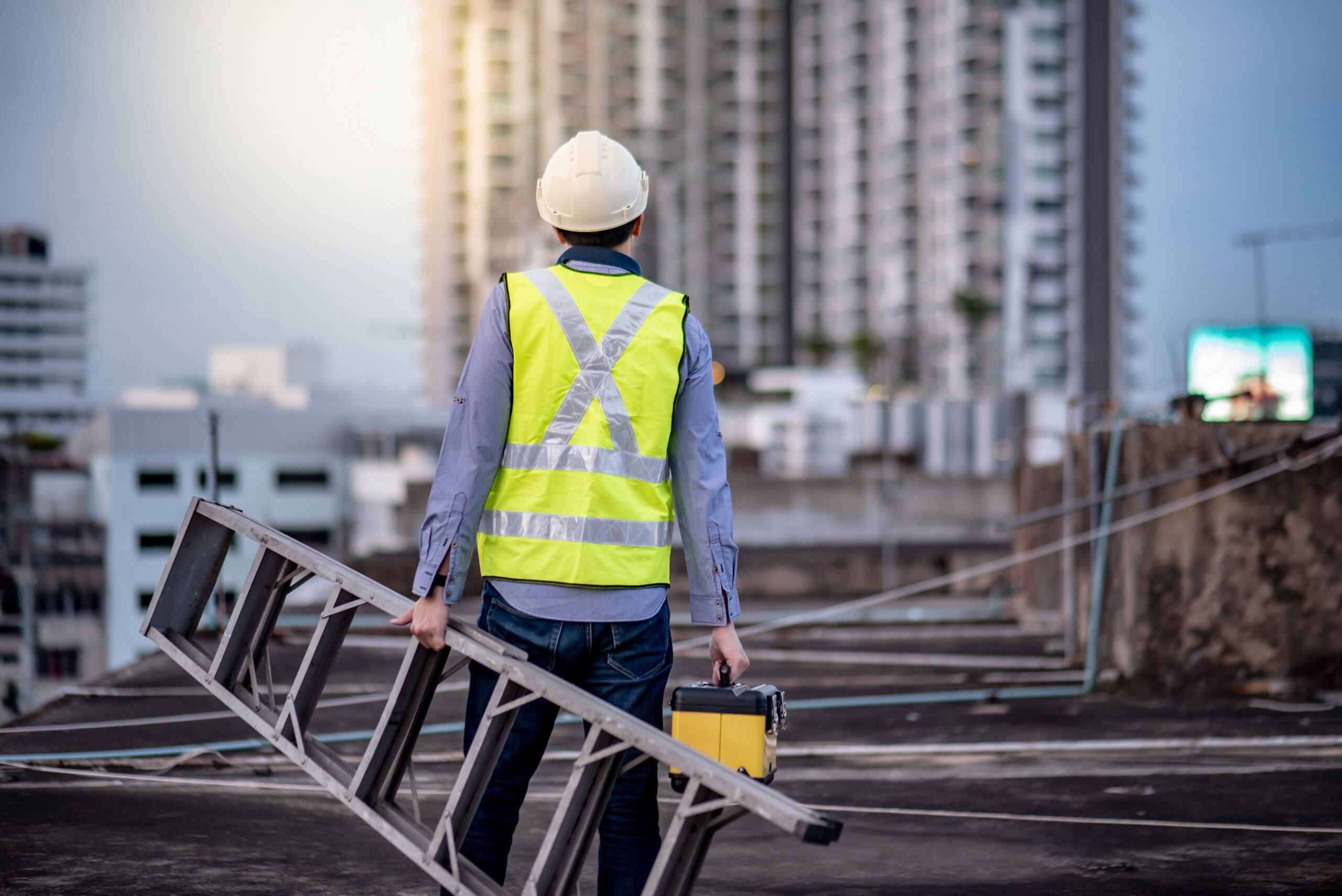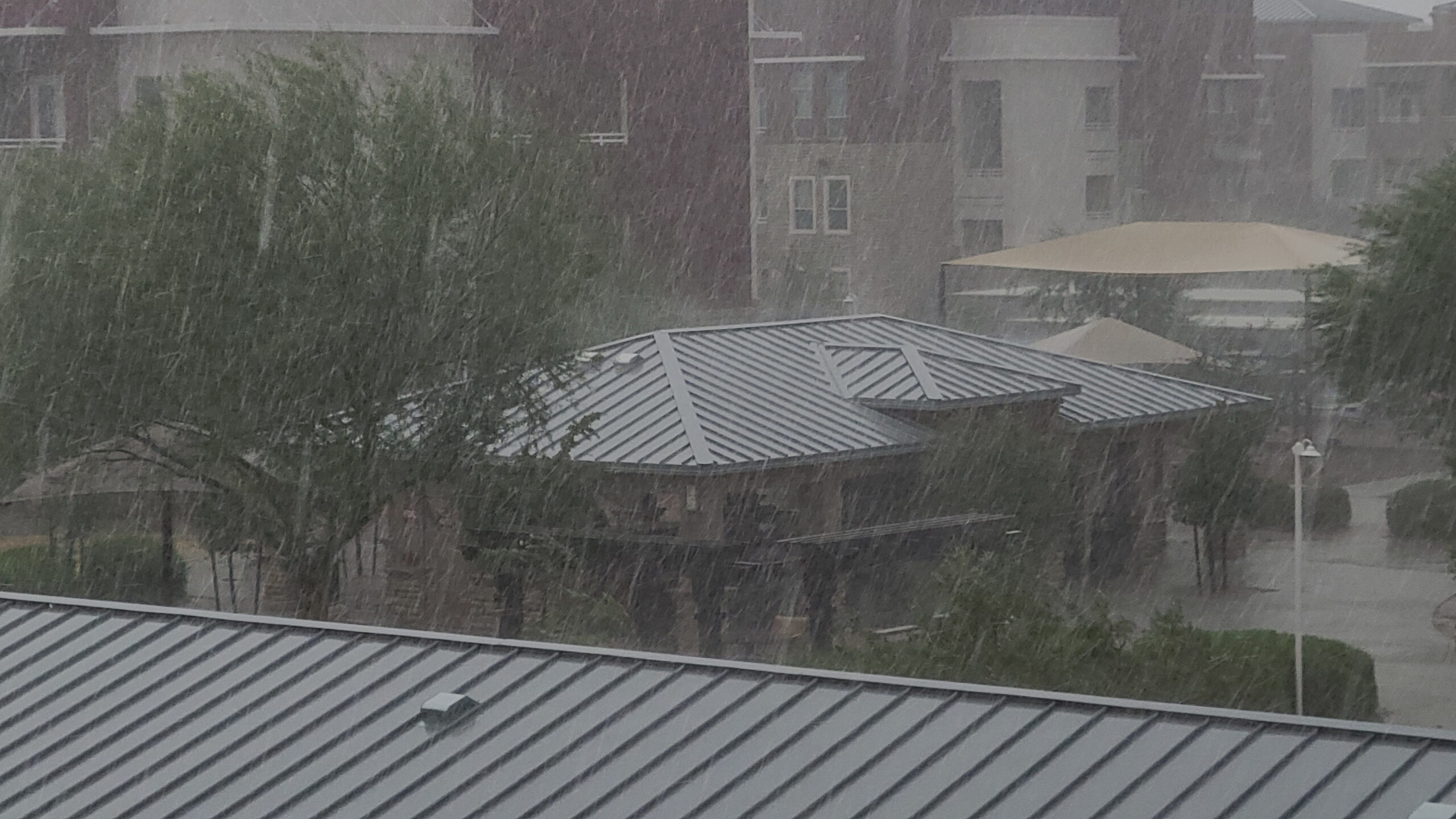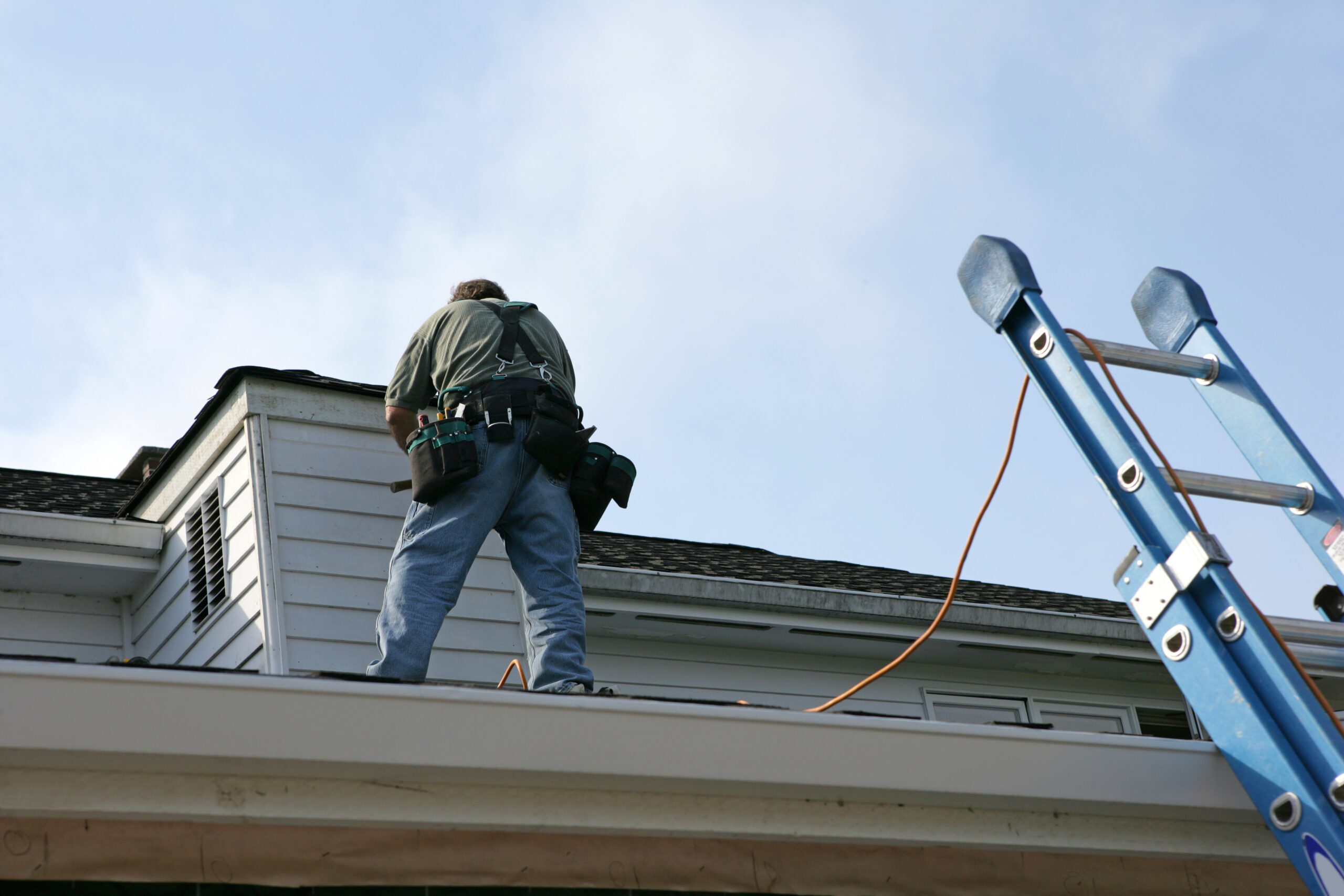As more and more homeowners are discovering the benefits of metal roofing, more and more of their neighbors are asking questions. One of the most common questions is this: How long does a metal roof last?
As a general answer, a properly installed metal roof should last as long as the house, sealing out water, surviving high winds, and easily shedding snow. Metal is resistant to fire, mildew, insects, and rot. As a result, a metal roof will last several years longer than a roof of asphalt shingles or wood shingles. Metal roofs can last for generations since metal roofs can often be repainted versus replaced.
By contrast, the average lifespan of an asphalt roof is only 12 to 20 years. Even that can be shortened depending on the pitch of your roof and the climate in your area. The problem is asphalt begins to deteriorate as soon as you expose it to normal weather and UV rays, where a metal roof will never decompose.
Other roofing materials like wood shingle, shake, and tile have varying degrees of weather-related problems that lead to breakdown. Wood shingle and shake roofs often need replacement before 20 years. Concrete tile roofs can crack and warp in the freeze/thaw cycle of more northern climates.
Metal’s environmental durability is key to its long lifespan. It can withstand high winds and other severe weather that often tear an asphalt roof apart. In addition, it is resistant to fire. Even a direct lightning strike won’t necessarily lead to a house fire because the electrical charge is spread over the roof. At the point of contact, the metal is more than able to withstand the heat of the lightning bolt. Metal is also resistant to impact—even a hailstorm does not necessarily lead to a new roof—and, of course, to pests. While wood shingles are a snack for termites, pests don’t eat metal.
Beyond its environmental durability, a metal roof’s long life is also due to the fact that it’s a complete system. Far more than a sheet of metal, a modern metal roof is made up of ventilation, clips, fasteners, framing members, and other components that all impact how long the roof will last.
Roof clips hold the roof panels securely to the structural members but leave enough “wiggle room” for the panels to move with the expansion and contraction caused by the temperature changes each day and from season to season.
Durability is also aided by sealants at the seams and heavy-duty fasteners. Factory punching ensures the panels properly align and mitigates the danger of corrosion at the edges of the holes. Splices are staggered to prevent completely exposed seams and leak points. Roof curbs and openings are also factory engineered, and the fasteners are concealed inside the curbs to eliminate the potential for leaks.
Other components, such as proper ventilation material, are also crucial to the performance and longevity of a metal roof. By keeping out moisture, dust, and pests, the ventilation protects the roof itself from damage.
This durability—not to mention lower maintenance and less frequent replacement—really pays off for today’s homeowner. A Ducker Research Company survey revealed the lifecycle cost of a metal roof averaged about 30 cents per square foot. The same survey found the lifecycle cost for asphalt and single-ply to be 37 cents and 57 cents per square foot, respectively.



